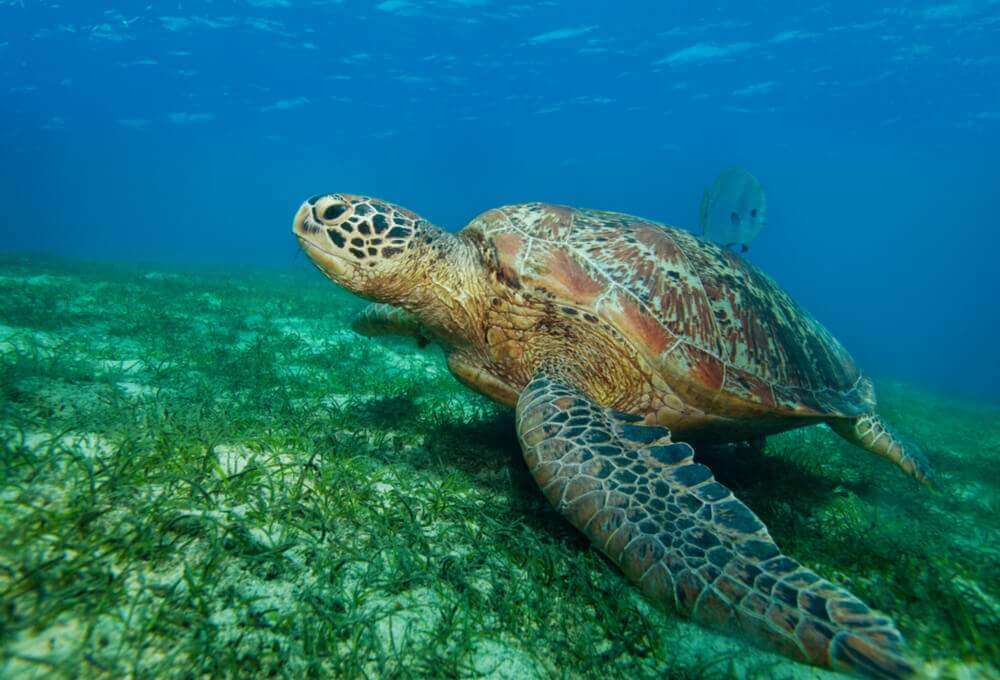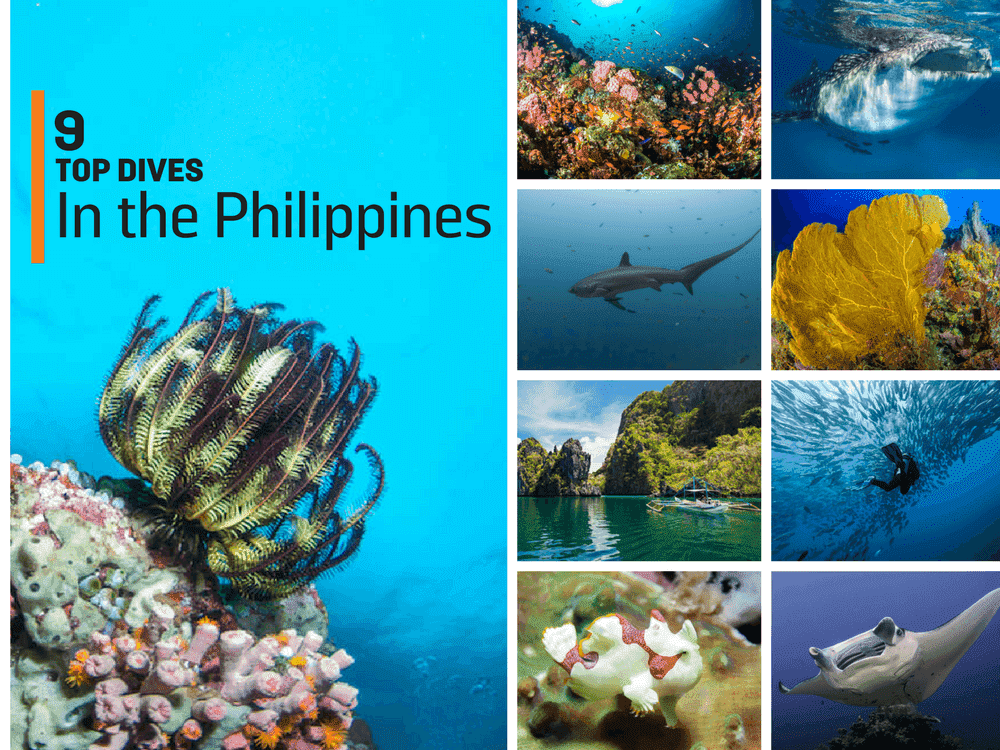
The Philippines has some of the best diving on the planet – this vast archipelago of 7,641 islands scattered across 300,000 sq km of ocean has nearly nine per cent of the world’s coral reefs and is the epicentre of global marine biodiversity. From historic wrecks to stunning roller-coaster drift dives; from migrating giant whales sharks to record numbers of nudibranch species – the Philippines has a mind-boggling array of wonderful diving. Here are our choice of the top sites…
1) coron bay
Type: Wreck • Suggested level: Beginner to intermediate • Watch out for: Macro critters hidden in the wrecks’ coral cover • From our archive: The Wrecks of Coron Bay by John Nightingale

On 24 September 1944, a squadron of 24 US bombers burst out of the sky above Coron Bay on the northern tip of the island of Palawan, the most westerly of the Philippine islands, located the Japanese supply fleet hiding among the islands below, and proceeded to blow it apart. Today Coron Bay has the best wreck diving in Southeast Asia, all packed into one relatively small area. There is nothing quite like the feeling of standing on a jetty, knowing that you have at least half a dozen huge wartime vessels lying within a short boat ride. Each wreck has its own special characteristics, but on the whole, they are big, mostly intact, within reasonable diving depth and full of amazing artefacts. The constant flow of plankton and nutrient-rich waters may make the viz a tad murky, but this is more than compensated by the impact it has had on the wrecks themselves. They are festooned with life – corals and invertebrates clinging to every surface and this lush growth attracts hordes of fish.
Highlights include the Okikawa Maru, a 160m (525ft) tanker. The top of the ship’s superstructure sits at 10m (32ft) below the surface, making this a great wreck for all levels. Also don’t miss the wrecks of the Kogyo Maru and the Taiei Maru.
Another dive worth checking out on Coron island is Barracuda Lake. This often overlooked site in a lake full of light distorting thermoclines and an alien underwater landscape, also boasts the legend of a monster-sized barracuda said to be the size of five large oil barrels and hundreds of years old.
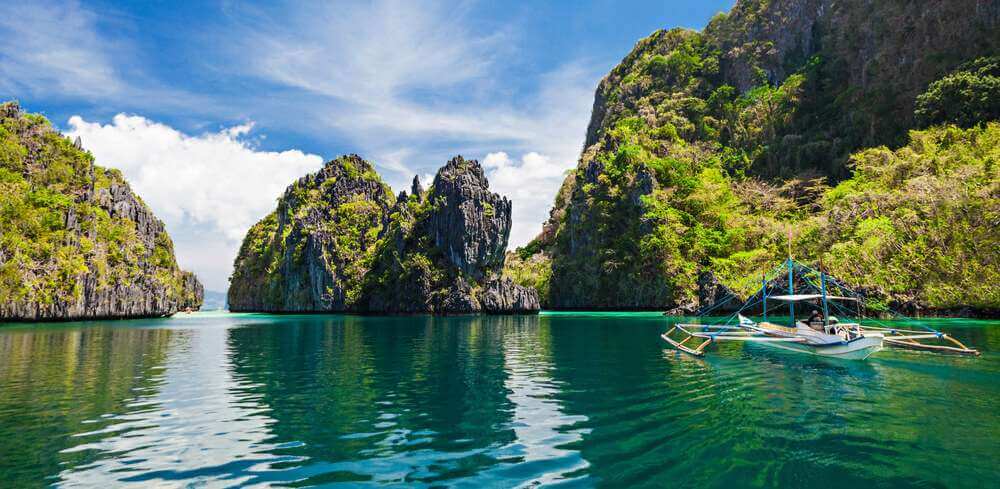

2) tubbataha reef
Type: Reef, seamounts, drift, liveaboard • Suggested level: Intermediate • Watch out for: Reef sharks, big schools of fish • From our archive: How Tubbataha Was Saved by Steve Jones
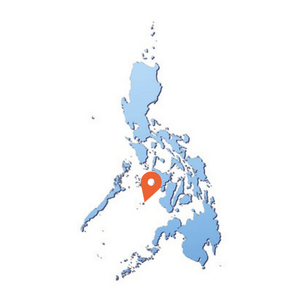
Out in the middle of the Sulu Sea is one of the region’s star attractions – the wonderful Tubbataha National Marine Park. It is a 12-hour sail from Puerto Princesa in Palawan out to Tubbatha but the dramatic walls that surround the oval reefs are well worth the effort. Three of the reefs – Jessie Beazley, North Reef and South Reef form a marine park which is designated a World Heritage site. Being so exposed in the middle of the Sulu Sea means they can only be dived for a couple of months each year in the late spring when the liveaboard crossing isn’t too challenging. Lots of pelagic action with white tip reef sharks, manta rays and whale sharks. In total, more than 600 fish species, 359 coral species, 11 shark species, and 13 dolphin and whale species have been recorded here. Amos Rock, part of Tubbataha’s North Reef, is one of the best dives with a gorgonian-covered wall plus lots of soft corals and massive schools of fish. Keep your eyes peeled for large reef sharks.

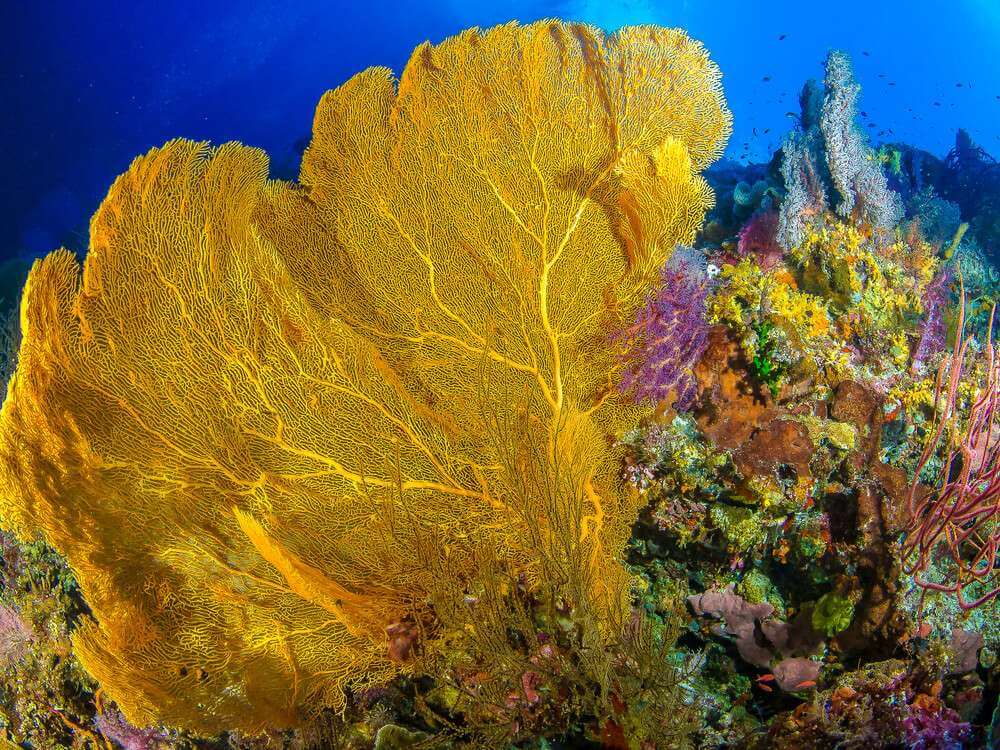

3) malapascua
Type: Shoal • Suggested level: Advanced • Watch out for: Thresher sharks • From our archive: Wide-eyed and Whiptailed by Douglas David Seifert

This tiny, picturesque island, you can walk around in less than an hour, is one of the few places in the world where there are regular sightings of thresher sharks. Monad Shoal is a flat-topped, submerged seamount about 8km from the island and is a cleaning station used by the usually deep water thresher sharks. But they get there really early so expect to be on the reef by dawn! There is a very high chance that you will see manta rays at the same time. Moreover, there is not a huge amount of coral on top of the sunken island but there is a great location for macro photography as there is a vast array of critters, ranging from pygmy seahorses, nudibranchs, mantis shrimps and more. Currents can be strong in some areas.
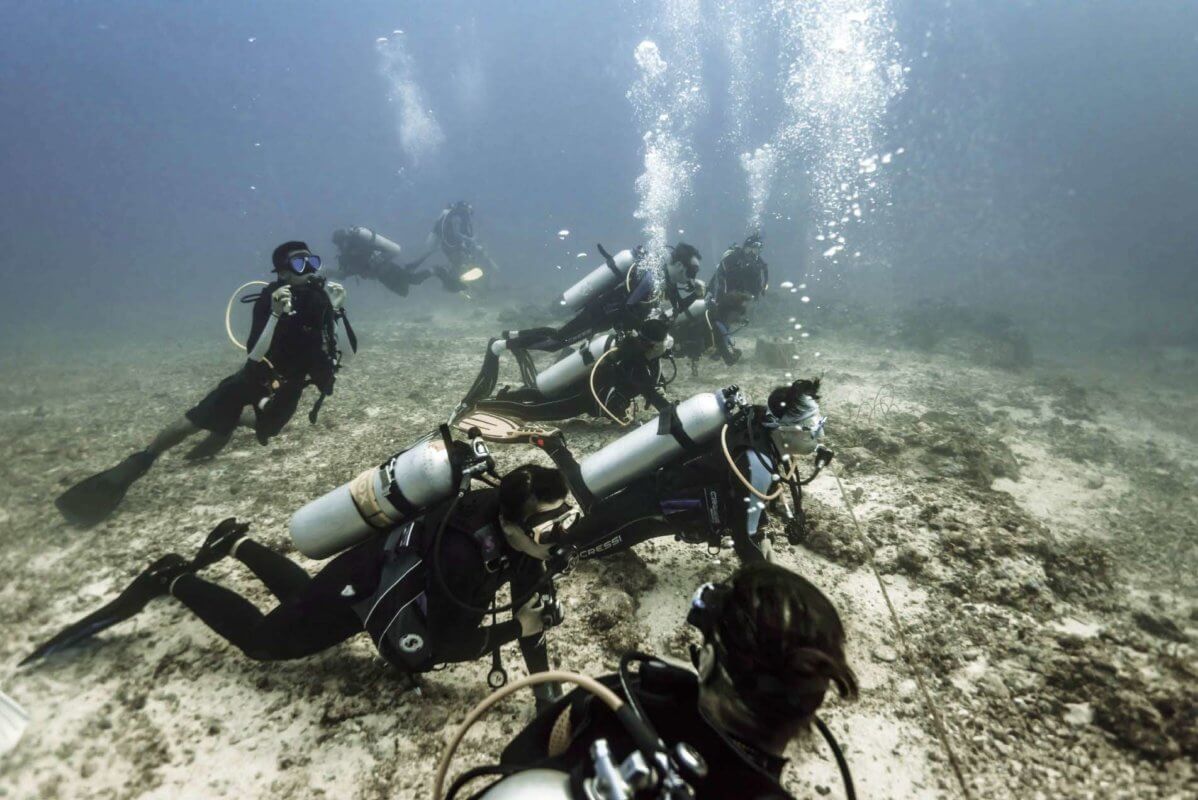
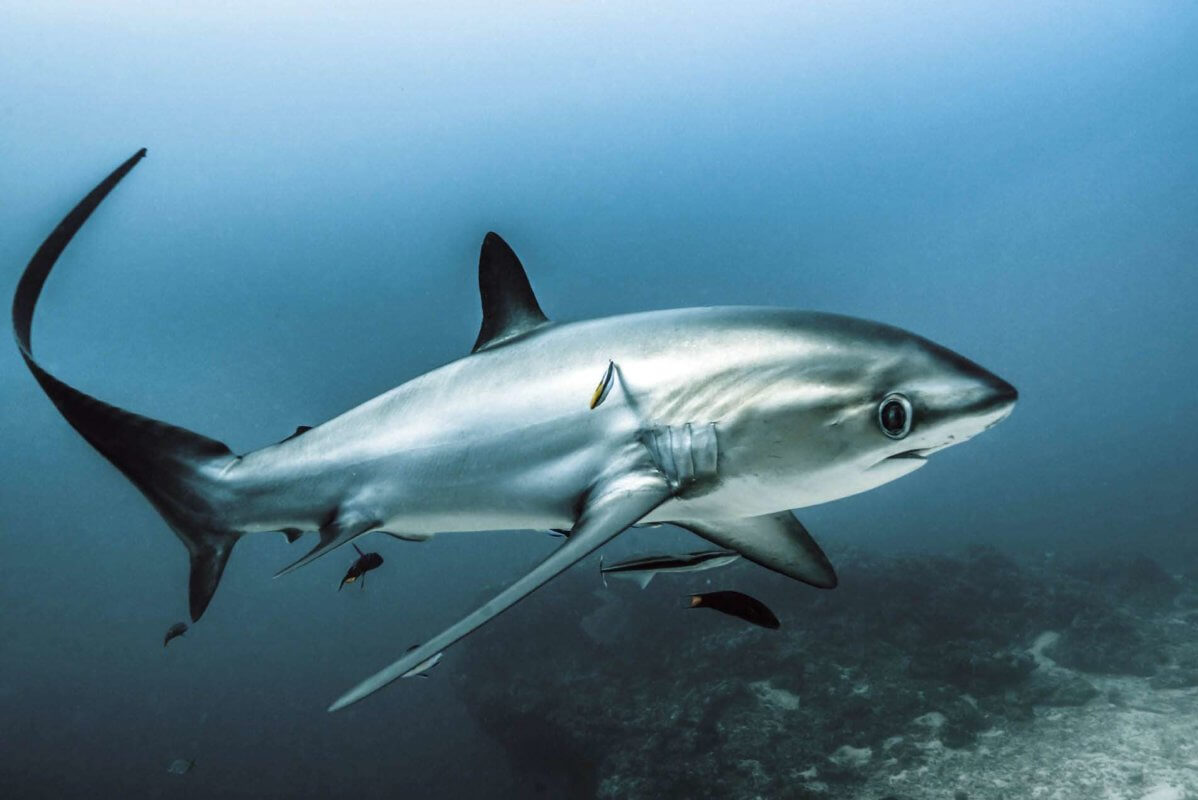
4) anilao
Type: Reef, muck, seamounts • Suggested level: Beginner to intermediate • Watch out for: Night dives • From our archive: Islands & Currents by Douglas David Seifert
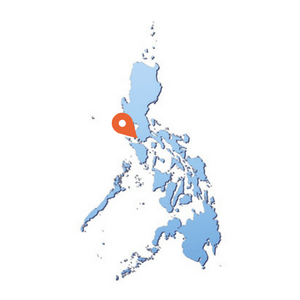
On the northern shore of the Verde Island Passage is the 13km Calumpang Peninsula, better known under the general name Anilao, geographically consisting of the villages of Anilao, Balingit and Mabini. Anilao is only a couple of hours drive from Manila and has seen tremendous development over the past 40 years, with dozens of operators and resorts to choose from. The dive sites range from seamounts and pinnacles to current-washed coral reefs, to shipwrecks, coral gardens, and soft-sediment, seagrass and sponge, coralline algae and coral-patch muck sites. Of all the locations of the Philippines, the 900,000 sq km Verde Island Passage is arguably the richest, most biodiverse region.

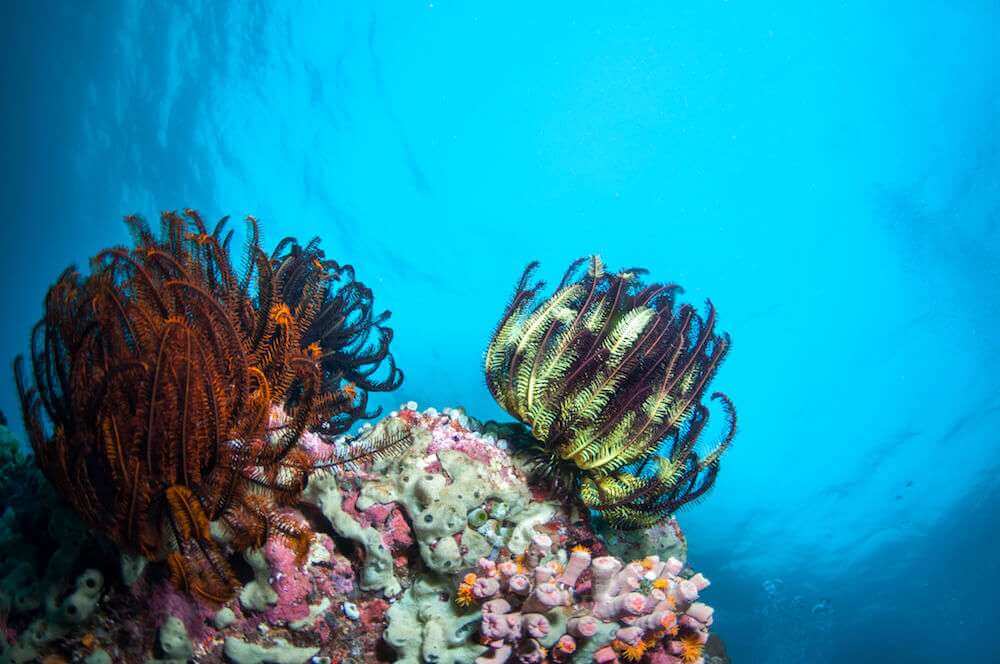

5) puerto galera
Type: Reef, drift, muck • Suggested level: Beginner to intermediate • Watch out for: Macro critters

Just across the Verde Island Passage is the island of Mindoro and Puerto Galera, the archipelago’s dive central – bustling, fun and great value. It has crystal clear waters, abundant marine life (more than 800 species of nudibranch alone have been identified in the past 20 years) and a huge variety of diving environments. One of the most exciting areas is known as the Canyons, where nutrient-rich currents sweep divers through three stunning gulleys covered in soft corals and sponges. Lots of large schools of fish including barracudas, batfish, snappers, emperors and trevally. Whatever you do don’t miss a night diver here – every nook and cranny is crawling with fascinating marine life.

6) apo reef
Type: Seamount, drift, liveaboard • Suggested level: Advanced • Watch out for: The big stuff
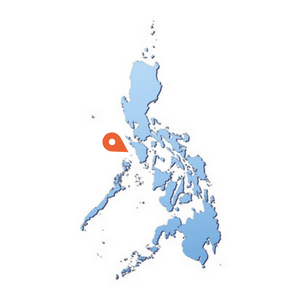
Out in the open ocean between the island of Mindoro to the north and Coron to the south is the Apo Reef Natural Park, the world’s second-largest contiguous coral reef system. It is a UNESCO World Heritage site. This isolated and wonderful reef is best dived from a liveaboard (many dive operators require at least 100 dives in your logbook as this is only for the experienced). Highlights include Apo 29 – one of the best but most challenging dive sites in the area. The large seamount rises to 25m below sea level – so the dive is fairly deep and the currents are strong. Expect to see lots of reef sharks, thresher sharks, hammerheads, manta rays and big schools of pelagic fish. The best time to go is between November and May.
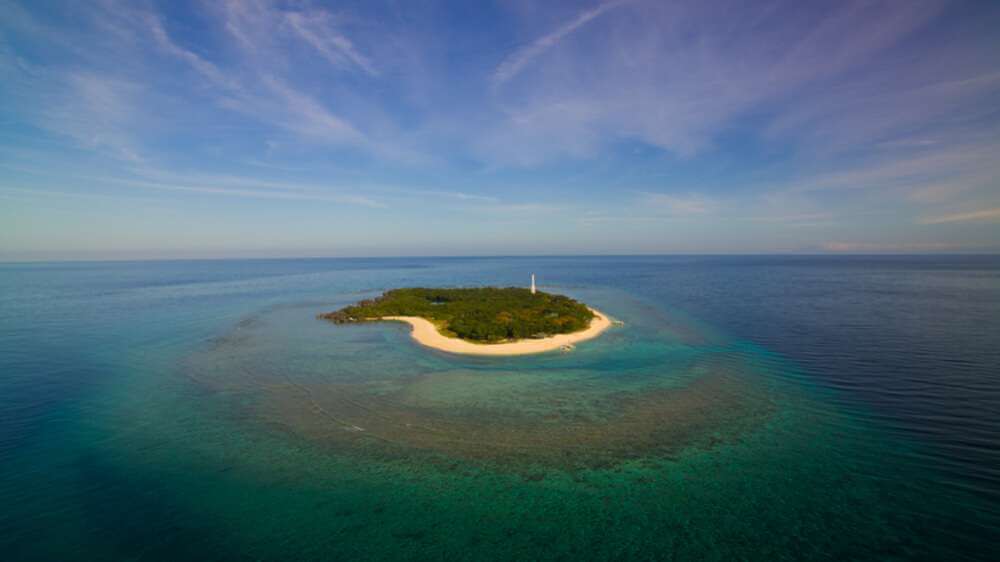
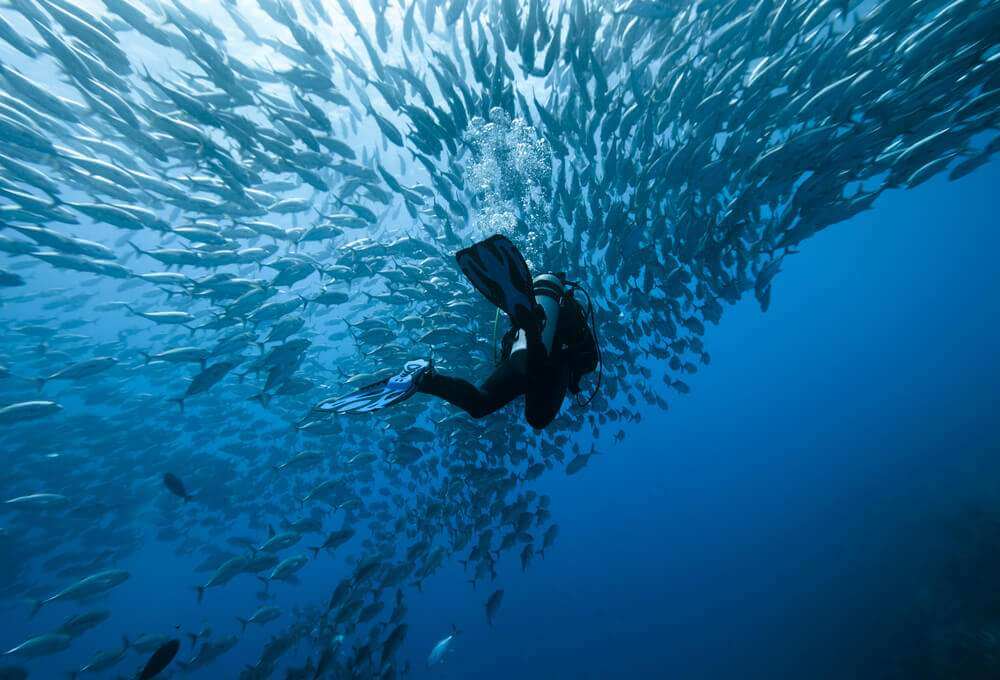
7) DAUIN
Type: Muck, drift • Suggested level: Beginner to intermediate • Watch out for: Frogfish • From our archive: The Greedy Frogfish

The village of Dauin is located down the coast from Dumaguete on the island of Negros Oriental. The main draw here is world-class muck diving in a remote area but with great hotels and dive centres. In April it sees the invasion of the frogfish – on one site in one dive we saw 13 different individuals from at least six different species from the size of a pea to that of a clenched fist. This is one of the most well-documented and best-protected marine sanctuaries in the country. Apo Island (not to be confused with Apo Reef – see above) located off Dauin has a great drift dive called the Washing Machine. Not for the faint of heart – but plenty of action with huge schools of pelagic fish, banded sea kraits and sea turtles. Occasionally bait balls form. So find a sheltered spot and watch the action unfold.
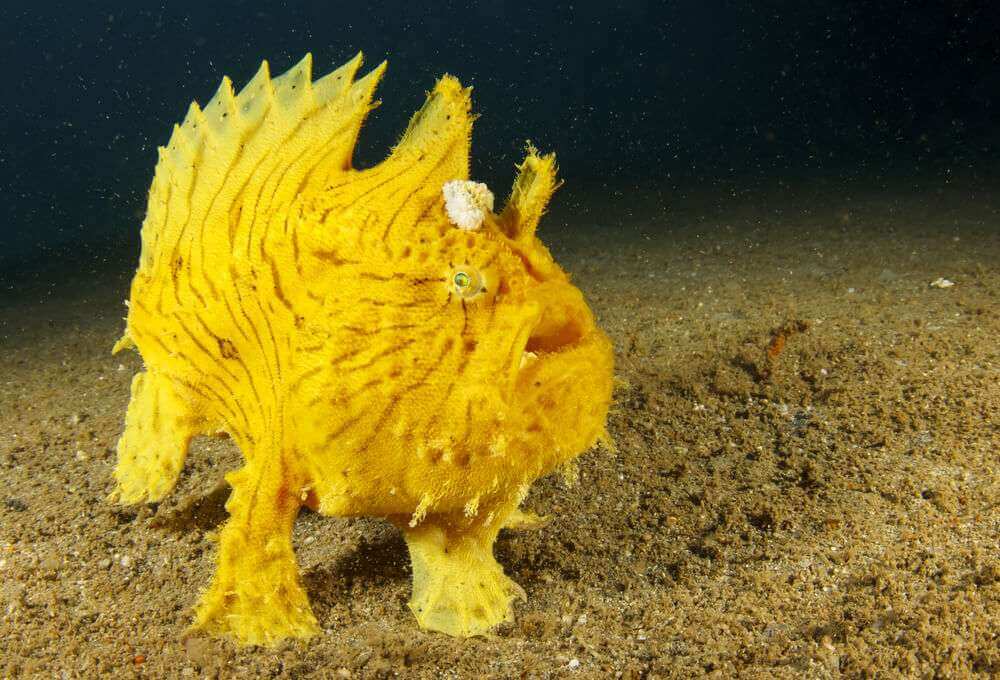
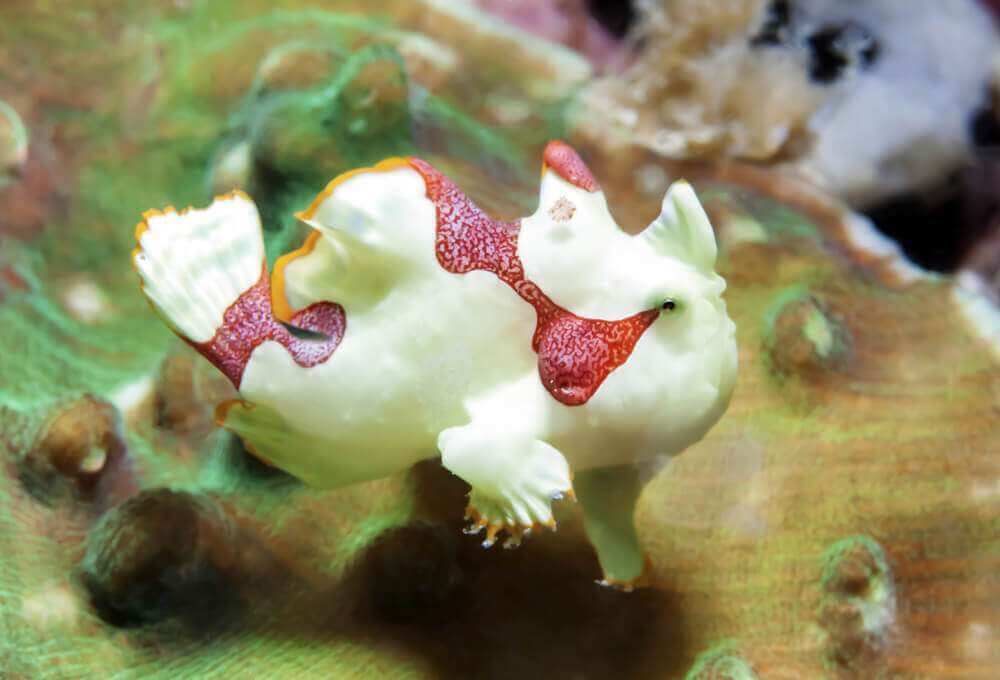

8) donsol
Type: Drift • Suggested level: Intermediate • Watch out for: Manta rays, whale sharks
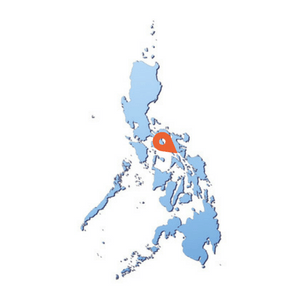
Out in one of the main migratory routes in the archipelago which passes Ticao Island sits a large submerged shoal known as Manta Bowl. This seven hectares of flat reef is washed by the plankton-rich waters of the Ticao and Burias Passes. With constantly flowing current, the alley has become a magnet for manta rays as both a cleaning and feeding station. The best time is between December and May. It is also a great site for whale sharks with reports of as many as 15 seen on one dive!
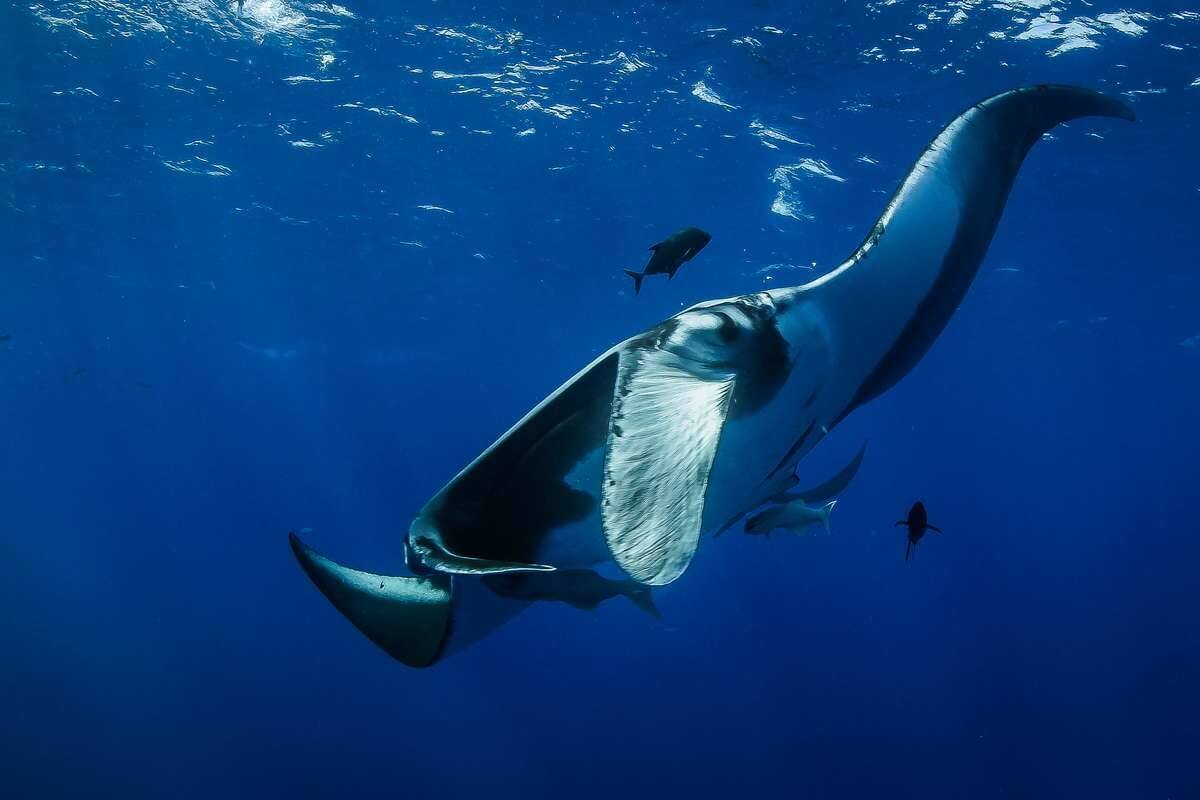

A major whale shark migratory route passes through this area
9) DIMAKYA ISLAND
Type: Seagrass bank • Suggested level: Beginner • Watch out for: Green turtles & dugongs

Seeing green turtles is virtually guaranteed in the sandy, seagrass banks around Dimakya Island, north of Palawan. Another resident is the far more wary dugong – an encounter with these gentle herbivores is an unforgettable experience.

